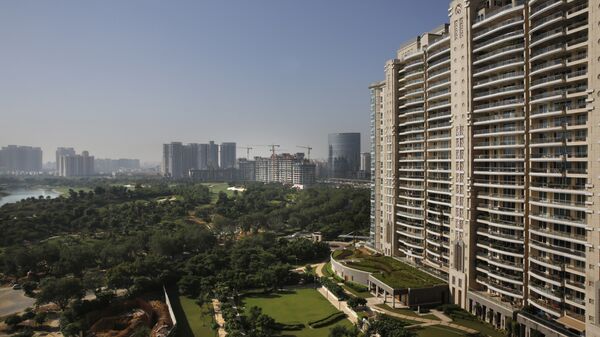A shrine was set up at the exact location of his martyrdom in Chandni Chowk in the old city of Delhi and it is considered a key pilgrimage destination for Sikhs all over the world, known as the Gurudwara Sis Ganj.
His mortal remains, however, were cremated in New Delhi, eight kilometres away from the spot where he was beheaded.
Another shrine, or Gurudwara, was erected at the place of cremation of Guru Tegh Bahadur, known as Gurudwara Rakab Ganj, right across from the present parliament building in New Delhi, in 1783, then known as Raisina Hills village.
“The shrine will be revived and rejuvenated by building recharge structures and will be developed as another Sikh pilgrimage attraction in the national capital", said the Delhi Sikh Shrine Management Committee in a statement on Tuesday.
A sword used by the spiritual leader in the Battle of Kartarpur in 1635, a stamp, and artefacts would be preserved in the shrine, said the statement.
The Shrine Management announced that it is also working to revive a well in the complex, which is considered to be around 1,000 years old.
“The sacred water of the holy well which was used for undertaking yogurt bath for dismembered body of Guru Tegh Bahadur before his cremation in November 1675 at Raisina Hills village where magnificent Gurdwara Rakab Ganj Sahib was constructed in the year 1783”, said Manjinder Singh Sirsa, president of the Delhi Sikh Shrine Management Committee.
“The rejuvenation and revival of the holy well will be undertaken through leveraging technology and eco-friendly methodologies and the work is likely to be completed in the next three months”, Sirsa added.
A poet, a thinker, and a warrior, Guru Teg Bahadur carried forward the legacy of the founder of the sect Guru Nanak and those in line for leadership of the community.


